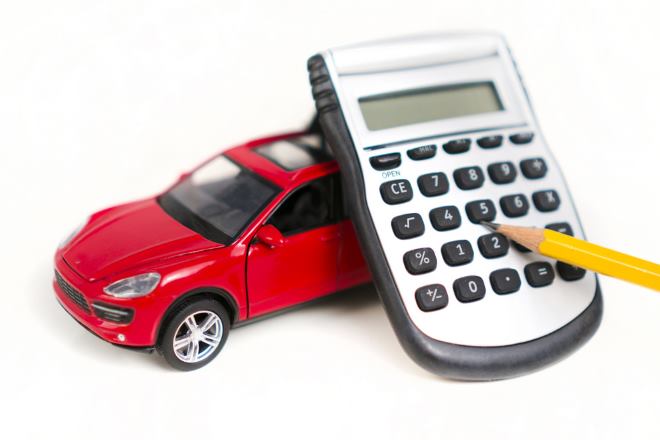Car Leasing: A Comprehensive Guide to Vehicle Financing Options
Car leasing has become an increasingly popular alternative to purchasing a vehicle outright. This financing method allows drivers to use a new car for a set period, typically 2-4 years, while making monthly payments that are often lower than traditional car loan instalments. In this article, we'll explore the ins and outs of car leasing, its benefits, potential drawbacks, and key considerations for those contemplating this option.

How Does Car Leasing Work?
Car leasing is essentially a long-term rental agreement. When you lease a car, you’re paying for the vehicle’s depreciation during the lease term, rather than its full value. The leasing company calculates the car’s residual value—its expected worth at the end of the lease—and bases your monthly payments on the difference between the initial price and this residual value, plus interest and fees.
At the start of a lease, you’ll typically need to make an initial payment, often called a ‘down payment’ or ‘capital contribution’. This can affect your monthly payments; a larger initial payment usually results in lower monthly costs. The lease agreement will specify the length of the term, mileage limits, and any additional fees or charges.
What Are the Advantages of Leasing a Car?
Leasing a car comes with several potential benefits:
-
Lower monthly payments: Lease payments are often lower than loan payments for the same vehicle, as you’re only paying for the depreciation during the lease term.
-
Driving a newer car: Leasing allows you to drive a new car every few years, enjoying the latest technology and safety features.
-
Warranty coverage: Most leased vehicles are covered by the manufacturer’s warranty for the duration of the lease, potentially reducing repair costs.
-
Simplified car ownership: At the end of the lease, you can simply return the car without worrying about selling it or negotiating a trade-in value.
What Are the Potential Drawbacks of Car Leasing?
While leasing offers many advantages, it’s important to consider the potential downsides:
-
Mileage restrictions: Lease agreements typically come with annual mileage limits. Exceeding these limits can result in significant fees.
-
No ownership equity: Unlike buying a car, leasing doesn’t build any equity. At the end of the lease, you don’t own the vehicle.
-
Potential fees: Leases may include fees for early termination, excess wear and tear, or lease-end disposition.
-
Limited customisation: Most leases restrict modifications to the vehicle, which may be an issue for car enthusiasts.
What Should You Consider Before Leasing a Car?
Before deciding to lease a car, consider the following factors:
-
Your driving habits: If you drive a lot of miles annually, leasing might not be the best option due to mileage restrictions.
-
Your financial situation: While monthly payments may be lower, leasing requires a stable income to meet regular payments.
-
Your long-term plans: If you prefer to keep a car for many years, buying might be more cost-effective in the long run.
-
The total cost of leasing: Factor in all costs, including the initial payment, monthly payments, insurance, and potential fees.
How Does Leasing Compare to Buying a Car?
Leasing and buying each have their own financial implications. Here’s a comparison of typical costs and terms:
| Aspect | Leasing | Buying |
|---|---|---|
| Initial costs | Lower down payment | Higher down payment |
| Monthly payments | Generally lower | Usually higher |
| Ownership | No ownership | Full ownership after loan repayment |
| Mileage | Restricted (typically 10,000-15,000 miles/year) | Unlimited |
| Long-term costs | Ongoing lease payments | No payments after loan repayment |
| Customisation | Limited | Unrestricted |
| End of term | Return car or buy | Keep, sell, or trade-in |
Prices, rates, or cost estimates mentioned in this article are based on the latest available information but may change over time. Independent research is advised before making financial decisions.
What Happens at the End of a Car Lease?
As your lease term approaches its end, you typically have three options:
-
Return the vehicle: You can simply hand the car back to the leasing company, subject to any end-of-lease fees or charges.
-
Buy the car: Most leases offer the option to purchase the vehicle at a predetermined price, which may be negotiable.
-
Start a new lease: Many people choose to lease another new car, continuing the cycle of driving recent models.
Before returning the car, it will be inspected for any damage beyond normal wear and tear. It’s important to adhere to the mileage limits and maintain the car properly throughout the lease to avoid additional charges.
In conclusion, car leasing can be an attractive option for those who enjoy driving newer vehicles and prefer lower monthly payments. However, it’s crucial to carefully consider your driving habits, financial situation, and long-term plans before committing to a lease. By understanding the pros and cons of leasing and comparing it to buying, you can make an informed decision that best suits your needs and circumstances.




